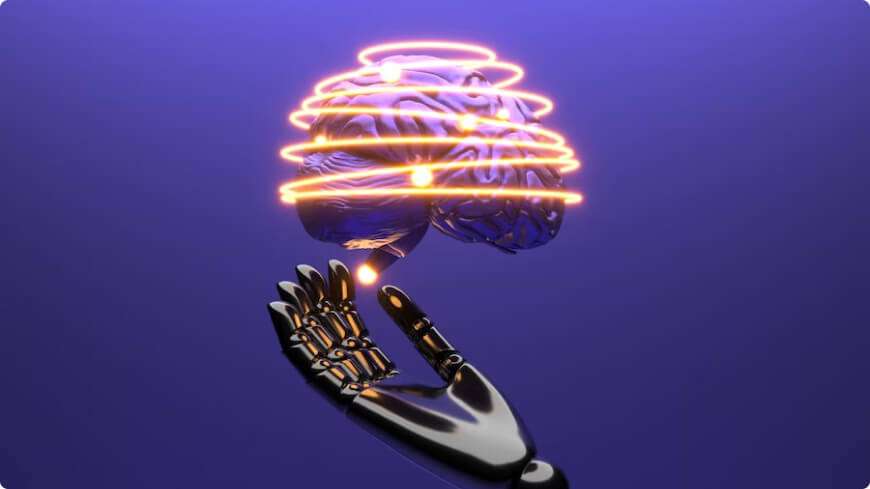The U.S. Department of Energy (DOE) is pioneering the use of artificial intelligence (AI) to expedite the permitting process for clean energy projects, according to an August 20, 2024 article by Natalie Alms for Nextgov (“Energy Department Wants to Use AI to Speed Up Permitting”) source: Nextgov, Natalie Alms, August 20, 2024. The DOE aims to reduce permitting delays through AI-driven tools designed to streamline data access and accelerate federal review times. This initiative, part of a $20 million investment called VoltAIc, is being developed by the Pacific Northwest National Laboratory (PNNL) and could significantly advance clean energy infrastructure.
Tackling the Complexities of Permitting for Clean Energy
Permitting for large-scale projects can be lengthy and intricate, especially when subject to the National Environmental Policy Act (NEPA), which mandates that agencies review potential environmental impacts. As Alms reported, the DOE is testing PolicyAI, a generative AI tool under the VoltAIc project, to help federal reviewers manage the extensive data involved in NEPA compliance. By automating and optimizing data retrieval, the DOE hopes to speed up the permitting process, allowing clean energy projects to launch faster.
AI-Powered Data Lakehouse for Document Management
A key component of VoltAIc is a data “lakehouse,” a system that combines the functionalities of a data lake and a data warehouse, giving federal employees access to over 28,000 documents related to NEPA from the Environmental Protection Agency. These documents, spanning 2012 to 2023, include more than 3,000 environmental impact statements essential for analyzing project impacts. According to PNNL data scientist Sai Munikoti, this data lakehouse makes vast amounts of regulatory information “more accessible” and easier to work with by standardizing it into a searchable format (Alms, 2024).
This semantic search function allows users to retrieve project timelines, access related documents, and understand agency collaborations. Such a capability, as Alms highlighted, enhances accuracy, supports detailed reviews, and shortens project timelines.
Leveraging Generative AI to Streamline Analysis
The DOE has also developed interactive, generative AI tools that empower users to search multiple documents simultaneously and even ask questions via chat, making the review process more efficient. According to Alms, two AI-driven pilots are being tested internally at DOE. One allows users to interact with a single document to ask questions and get real-time insights, while another lets them query a group of documents. The generative models in use include OpenAI’s GPT-4 and Google’s Gemini, although DOE aims to transition to fine-tuned, open-source AI models for greater control and customization (Alms, 2024).
Overcoming Agency Barriers for Cross-Agency Collaboration
DOE officials acknowledge that creating a centralized repository for environmental reviews will require significant interagency collaboration, as environmental documents are dispersed across various federal systems. As Alms reported, even within the DOE, no single location holds all relevant permitting documents. To solve this, the project team is working to coordinate efforts with federal, state, and local bodies, with the long-term goal of making these permitting resources universally accessible.
This unified database could assist not only federal employees but also state and local reviewers, improving efficiency in permitting compliance across jurisdictions (Alms, 2024). Such a resource could streamline rules around clean energy initiatives like EV charging infrastructure, helping DOE achieve both its environmental and operational goals.
The Long-Term Vision for VoltAIc
While VoltAIc is currently a pilot, its potential applications are far-reaching. The project aligns with the Biden administration’s climate and energy objectives, including modernizing the U.S. power grid and promoting environmental justice. The project’s success would mark a significant step in implementing clean energy initiatives supported by recent climate legislation.
The DOE’s efforts also connect with the White House’s Council on Environmental Quality (CEQ), which recently allocated $6.1 million to improve permitting technology across federal agencies. This funding underscores the importance of digitizing and modernizing permitting processes to meet evolving energy and environmental goals (Alms, 2024).
Implications for Clean Energy and Future Infrastructure Projects
Alms highlights that VoltAIc could substantially reduce permitting times, helping the U.S. to meet its climate targets more effectively. Jessie Mahr of the Environmental Policy Innovation Center adds that broader permitting reform would eliminate bureaucratic bottlenecks, an outcome critical to clean energy growth. If VoltAIc succeeds, it may set a precedent for the U.S. government’s approach to sustainable infrastructure by creating a foundation for other agencies to adopt similar AI-driven solutions (Alms, 2024).
Key Takeaways
- AI in Permitting: The DOE’s VoltAIc initiative is an innovative application of AI to streamline federal review processes, cutting down the extensive time needed for NEPA compliance.
- Data Lakehouse: The creation of a centralized repository for NEPA-related documents improves data accessibility and supports detailed environmental assessments.
- Generative AI Tools: Interactive, AI-driven search and document analysis tools are transforming the way federal employees handle permitting reviews, promoting faster and more accurate outcomes.
- Broader Impact: VoltAIc supports the Biden administration’s vision for clean energy, helping the U.S. progress on major climate and energy targets.
This project illustrates how AI can make a meaningful impact on sustainability by enabling faster and more efficient infrastructure deployment. For those interested in the role of AI in advancing clean energy and environmental solutions, Integrated AI Solutions offers consulting to help businesses and agencies integrate advanced AI into their projects. Contact us today to learn more and subscribe to our newsletter for the latest insights in AI-driven clean energy advancements!



3 Replies to “How the U.S. Energy Department is Using AI to Speed Up Clean Energy Permitting”
Kan Williamson
The dedicated patent professionals, united by our commitment toour excellence patent protection. With years of collective experience acros diverse industries.
Sara Taylor
The dedicated patent professionals, united by our commitment toour excellence patent protection. With years of collective experience acros diverse industries.
Martin Ghuptal
The dedicated patent professionals, united by our commitment toour excellence patent protection. With years of collective experience acros diverse industries.